Floor Plan Copyright: How To Legally Build From A Design
15 Jan 2023
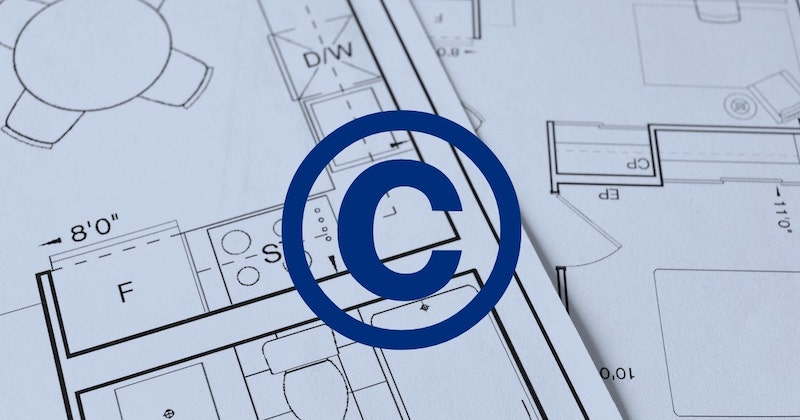
Table of contents
When it comes time to build a home, most people find themselves looking at beautiful floor plans online and imagining what they could do with the space. You may even go see a model home or other demonstration a designer puts on to showcase their house plan and wonder: are floor plans copyrighted?
Floor plans are protected by copyright law and are the property of the designer or architect. Building with a floor plan you do not own the rights to is illegal. If you use are caught using a floor plan without permission you can be sued for copyright infringement.
Copyright laws can be a little confusing, especially when it comes to floor plans and house design. Just how can someone own a floor plan, anyway? We’ll cover that and many other questions you may have in detail below.
Floor Plans and Copyright Laws
Every floor plan or house plan has been created by a designer or architect, and it legally belongs to them.
It might seem weird at first—how can someone own something like a floor plan, and sue other people for using it? Well, just think about a piece of art. Once the artist puts in the work to create an original piece of art, the law steps in to make sure other people can’t:
- Steal it and claim it as their own
- Sell or make any money off it without permission of the original artist
- Create something that is too close to the original and sell that (to prevent people from sneaking around the law)
Floor plan designers and architects are well trained and put a lot of effort into designing floorplans, and protecting them with copyright laws means they are always paid fairly for their work.
Are Floor Plans Copyrighted?
The short answer is: Yes! Floor plans are protected under copyright law because they are creative works. But—are all types of floorplans copyrighted? And who does the copyright belong to?
We’ll answer both questions in more detail below.
Floor plans and house plans are copyrighted
Both floor plans and entire house plans are copyrighted since a floor plan is just a piece of an entire house plan. This means that you cannot build a house to that plan unless the owner gives you permission.
Typically, this means that you have to purchase the floor plan. However, there are some situations where the creator gives their permission without payment, such as:
- They give their floor plan for free as an act of charity
- They negotiate a contract where the agreed payment is not monetary
- They offer a specific floor plan for free with the purchase of another package
Who copyrights a floor plan?
Floor and house plans are copyrighted by their creators. In fact, the creators do not have to apply or register for copyright in any way. Their work is automatically copyrighted from the second they turn it into something tangible, like a drawn floor plan.
However, they may still choose to copyright their floorplan because it gives them a record of it being legally their property. This can help them in the future if they have a legal dispute.
The creator may not be the owner of the copyright. Other people can purchase the ownership rights to a copyrighted work through a “copyright transfer.” This commonly happens when:
- A contractor purchases the rights to a floorplan so they can use it as much as they’d like
- A secondary party purchases the rights so they can, in turn, sell them for more money
How Do I Get the Rights to a Floor plan?
In order to make use of any floor plan or house plan you like, you’ll have to purchase the rights to use it.
This is different from purchasing ownership rights to the floor plan. You aren’t purchasing ownership of the copyright over the floor plan—you’re just entering into a contract that allows you to make use of it.
Purchase sets from a designer or publication
The most common way to get rights to use a floorplan is just to find one you like and purchase the rights to use it from whoever is selling it. This may be:
- The designer or architect
- A website, magazine, or other business that has a collection of floor plans
- A contractor who has ownership rights over the plan
The cost of the floor plan will totally depend on the size, detail, who created it, and where you’re purchasing it from. Floor plans will cost less than entire house plans because they are much smaller in scope.
Make sure they aren’t just review sets
Some designers sell cheap sets of plans which are called “review sets.” You cannot legally build a house with these sets, but they are still useful for certain things like:
- Giving to a builder so they can give you an accurate quote on costs
- Forwarding them to an architect who you want to make modifications so they can give you an accurate quote
- For your personal use, to explore the exact details of a plan that you can’t see from just a preview
Just remember that you or your builder cannot do any sort of construction with these sets, even if they include all the info you would need. You will have to purchase a full set of plans in order to actually build with them.
Have your contractor purchase them for you
If you find a set of floor plans you like, and you already have a contractor who is going to work with you, then you can have them handle the purchase of the floor plans. You can:
- Give the builder your set of review plans you purchased
- The builder will analyze them and give you an estimated cost to build
- The two of you will agree on the price and make a contract
- The builder can purchase all further sets of the plans as necessary in order to begin construction
However, not all builders will do this. Some insist that you handle the purchase of the floor plans and just deliver them the sets. Just remember that any honest builder will make sure your sets are legal before beginning construction.
What if I build the house myself?
If you’re going to be building your own house, either alone or with the help of friends and family, then prepare to do a little extra work when it comes to securing floor plans.
It makes little difference to the owner of the floorplan who is doing the building, but it does introduce some complications on your end.
Here are some things to consider if you are purchasing your own plans to build on:
- Each company may have different requirements for how to purchase the right to build with their sets. Some may offer a single time fee, while others have you purchase a minimum number of sets before building.
- If the company you want plans from works primarily with builders and contractors, they may be more reluctant to sell their plans to an individual. In their view, an individual is much more likely to illegally modify or duplicate plans than a large company (who are always worried about legal trouble).
It's completely feasible to purchase floor plans to build your own house, just keep those caveats in mind.
Can I Build More Than One Home with a Purchased Floor Plan?
You might think that once you purchase the floor plans, you can use them as many times as you like. However, this is incorrect.
Remember that when you purchase a floor plan, you aren’t purchasing the rights to own the floor plan—you’re just buying into a contract that allows you to use it. Whether or not you can reuse the floor plan depends on the terms of the purchase. Most sellers only allow the plans to be used to build a single home.
How to build multiple homes with the same floor plan
There are only a few situations where floor plans get reused over and over again:
- A contractor who builds a neighborhood full of houses from a small collection of floor plans
- A company wants to build several of the same model home in different neighborhoods, potentially across the country
- The floor plan is for something more common and uniform than a house, like dozens of apartments in a single complex
As an individual, it's very unlikely you'd ever be building more than one house from the same set of floor plans. This may occur if you purchased plans years ago and want to reuse them to build your next house or modify them slightly.
Basically, anytime you build more than one house with a floor plan, you’ll need to purchase the rights again. This is true even if years have passed since the original purchase.
What if I Want to Make Changes to a Floorplan?
Shopping around for different floor plans can be a lot of fun, but it’s a rarity to find a floor plan that exactly matches what you want. Often, you’ll find yourself wanting to make changes to the plan in order to suit your preferences more.
So, can you modify a floor plan? Do you still have to pay for it if you’re changing it?
Yes, and yes. Once you purchase the proper rights to use a floor plan, you can have it modified as you wish by the correct professionals. However, you still have to buy the original plan in the first place.
If you take a set of review plans to an architect and ask them to modify them for you, one of three things will happen:
- They’ll turn you away and tell you to return with the proper legal plans
- They’ll report you to the owner, who may threaten you with charges for breaking the law
- They’ll do the modifications… in which case they’ve shown they’re willing to skirt the law and you probably don’t want to work with them anyway.
How much do I have to change to avoid copyright?
You may be tempted to try and sneak around the copyright by making modifications. When people try this, their logic is that if the plan is different than the original, then it’s a new plan and they can’t get in trouble for using it.
However, this isn’t true. For a copyright claim to be successful against you, they just have to prove that your plans are substantially similar to the original.
What does “substantially similar” mean? Well, the answer is that copyright law is difficult, especially when it comes to floor and house plans. Basically, they just need to be able to convince a judge that you purposefully modified the plans to skirt copyright and that your design is close enough to the original. This usually isn’t difficult, since there will be a paper trail showing you took the original plans and paid a professional to modify them.
Can a builder make changes for me?
Making modifications to a floor plan can be a complicated job. The floor plan not only includes the overall arrangement of the rooms but also:
- Exact lengths, thicknesses, and often materials
- Roof layouts and floor specifications
- Exterior details and structural elements
Basically, a floor or house plan is almost everything a builder would need to construct that exact building. Because of this, floor plans must be modified by a professional who knows what they are doing. The plan must be re-certified as being up to code once the modifications are made.
A builder can either:
- Make the modifications themselves, and charge you the associated fees
- Refer you to their preferred professionals for making modifications
What Happens If I Don’t Have the Right to a Floor Plan?
If you don’t have the right to use a floor plan, then it is very risky to try and use it.
Firstly, you’ll have to find builders who don’t care that they are doing something illegal—and just ask yourself if those are the sort of people to who you want to trust the construction of your house.
Second, if you do get caught, you will get fined heavily, among other consequences, which we'll discuss in detail below.
How much might a fine cost?
If you get caught infringing on copyright and using a floor plan you don’t have the right to use, you could face severe punishment. According to the United States legal code, infringers might have to:
- Pay the money the owner lost, along with other damages, up to $150,000
- Pay all the court and lawyer fees
- In extreme cases, the infringer can be sentenced to some jail time
While you likely won’t receive prison time, you would most certainly pay more in fines than it would have cost to just purchase the plans outright.
What if my builder infringed copyright without me knowing?
In order to be charged with copyright infringement, you have to have been aware that the infringement was happening.
This doesn’t mean you can’t be charged if you didn’t know what you were doing was illegal—for example, if you made copies of the plans without realizing that was illegal. That may make the court more likely to give you a lower fine, but being ignorant of the law doesn’t make you immune.
However, there are certain situations where you have no legal responsibility for the infringement, such as:
- If your builder told you they would purchase the full rights before building, but did not
- If the ownership of the copyright changed hands and the new owners change the requirements for purchase of rights to use it
In the second case, you are fully protected because you agreed to a contract with the former owner. The new owner can’t change the terms of the past contract.
Be wary of copyright trolls
It can be scary to hear that you may be facing fines or other punishment for infringing on the copyright of your floor plan. Some people use this to their advantage, and you should be aware.
The US legal copyright office does not require proof that the applicant is the original creator when they apply. This means that if the original creator hasn’t registered their copyright, then someone can pretend the work is theirs and register its copyright under their name.
This won’t hold up in any sort of legal court, since they never had the right to register the floor plan as their own in the first place. What they do instead is send out threatening emails claiming to be the owner and saying you did something illegal and they are going to sue you. They are hoping that you will pay the amount they want without challenging them and taking them to court because they will surely lose.
If you receive such an email, be very wary. Make sure it is coming from the actual owner that you purchased the copyright from before doing anything further.
Final Word
Planning to build your own home is a very exciting time. When browsing all the different floor plans you could use, you might think that you can just tell your builder which one you like, and they will recreate it for you.
However, floor plans are protected under copyright law, and you must purchase the rights to use them beforehand. Using a floor plan you don’t have the rights to is illegal and could cost you a lot of money in fines.
Besides, some architects or designers worked very hard to put together that floor plan, and they should be paid fairly for that work. Thankfully, picking your dream house’s floor plan doesn’t have to be complicated! Find one you like, pay the proper amount to use it, and enjoy your new home!
Do open floor plans add value to your home? Find out why semi-open plans are becoming more popular for homeowners.


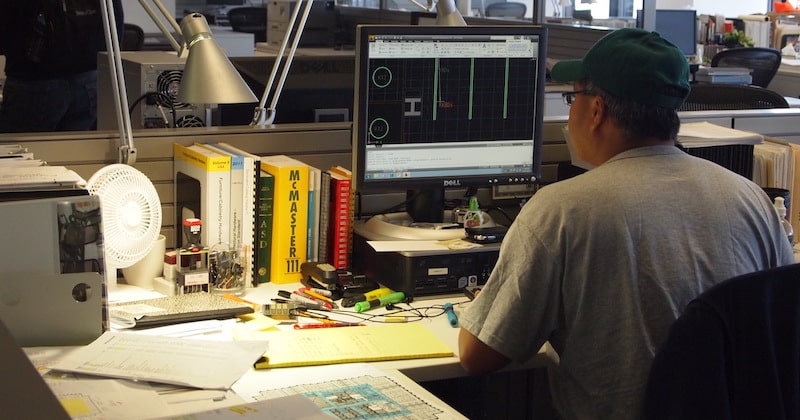

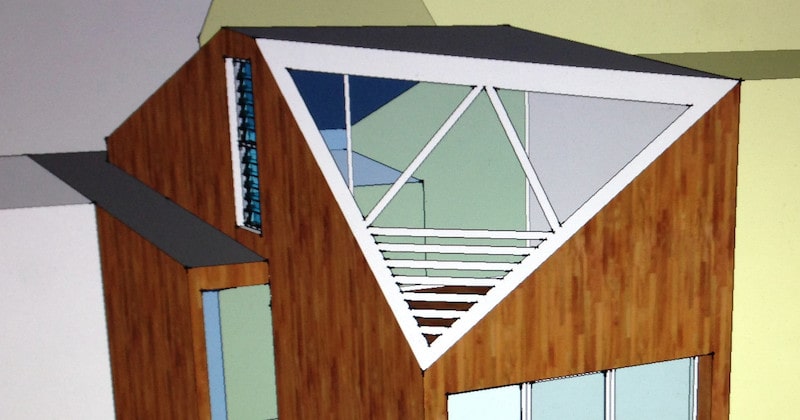
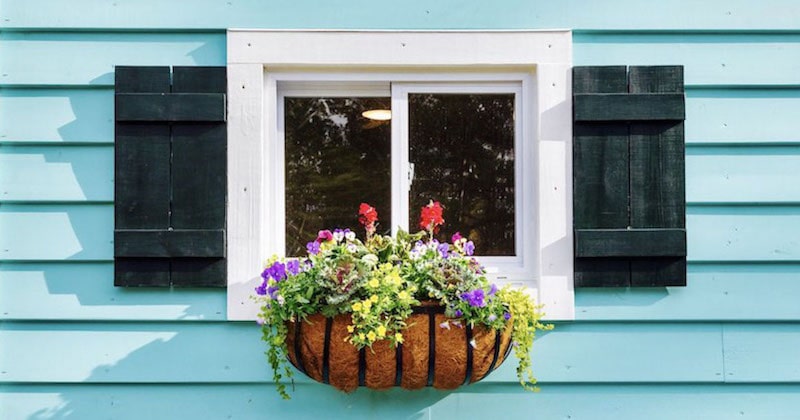

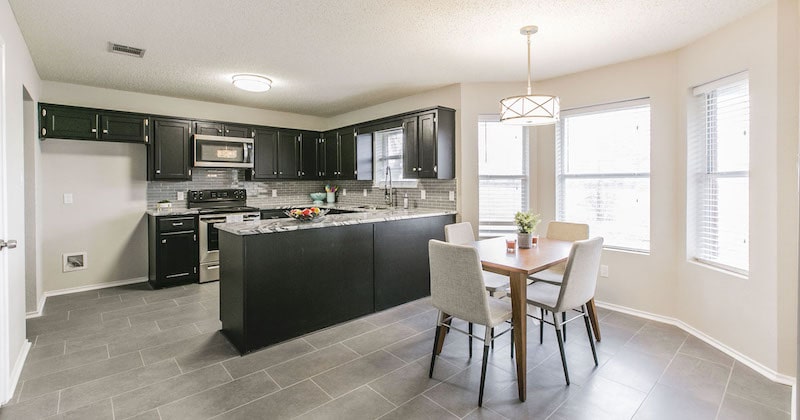
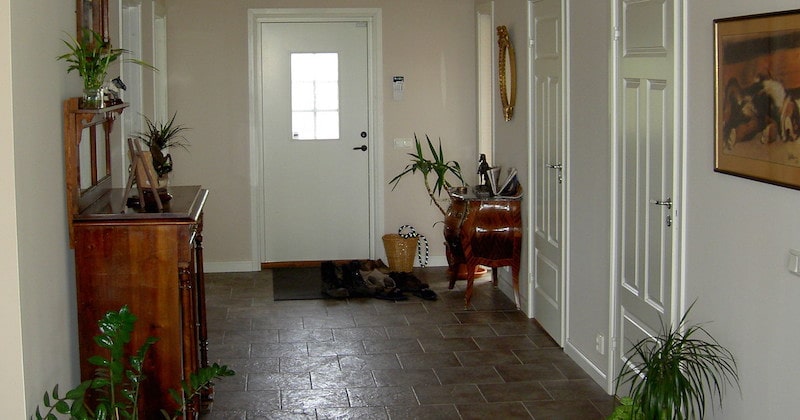


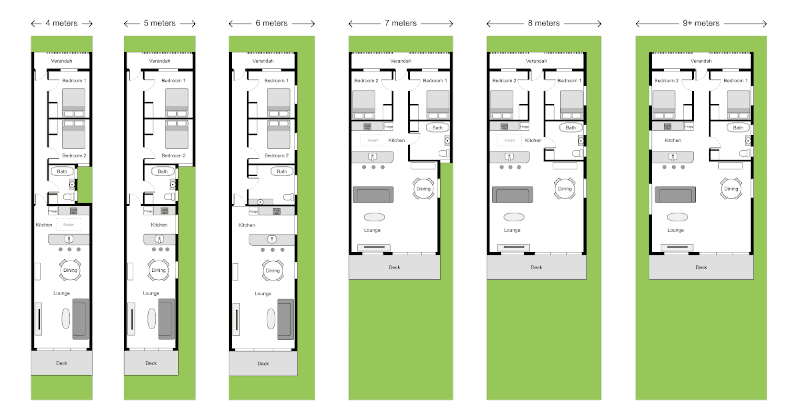
 Web design
Web design
 Architecture
Architecture
 Life drawing
Life drawing
 Art gallery
Art gallery
 Synesthesia
Synesthesia
 Comics
Comics